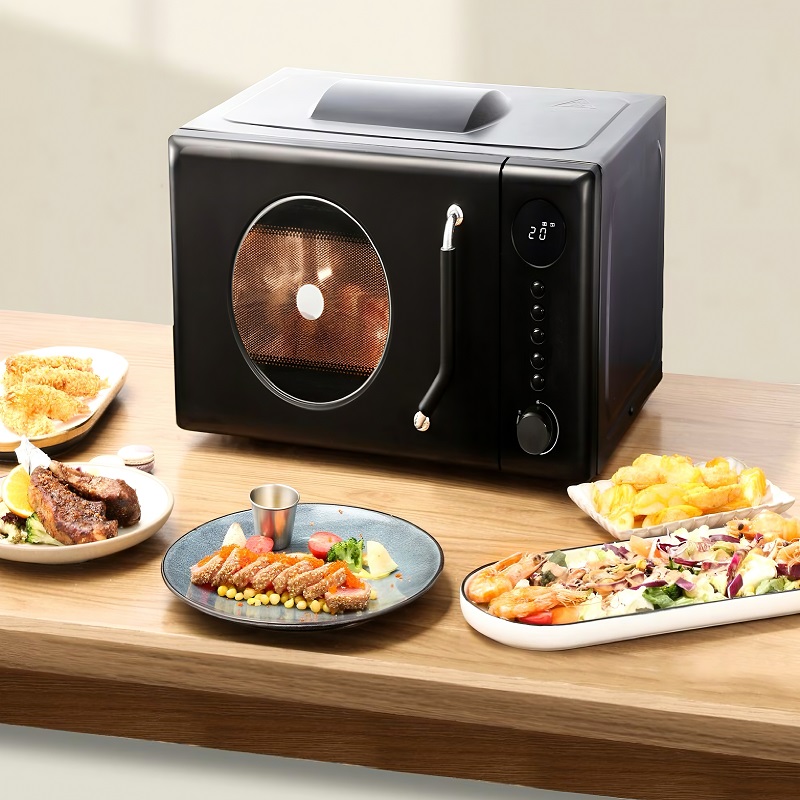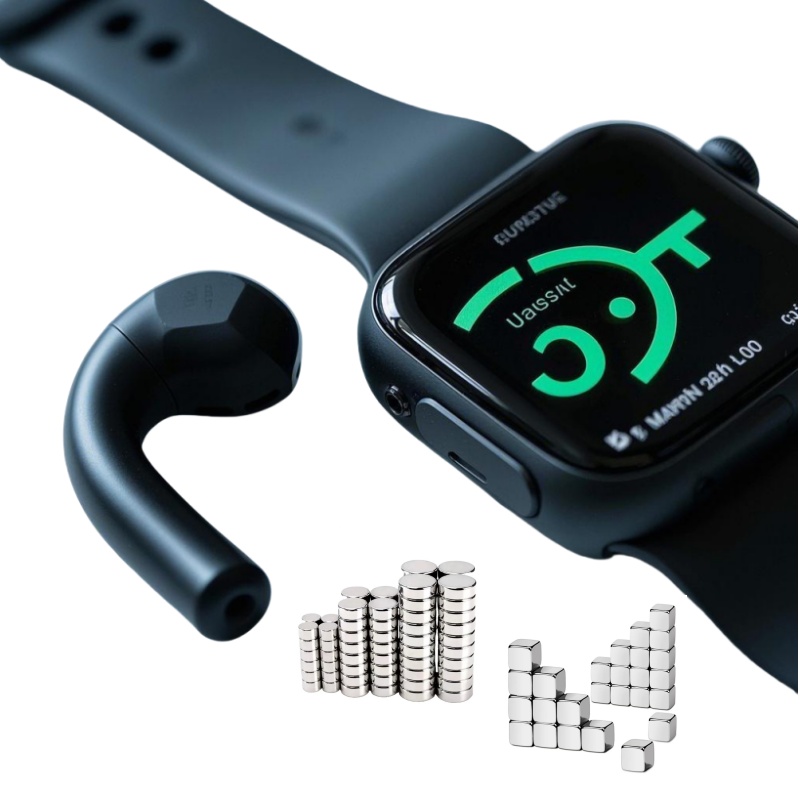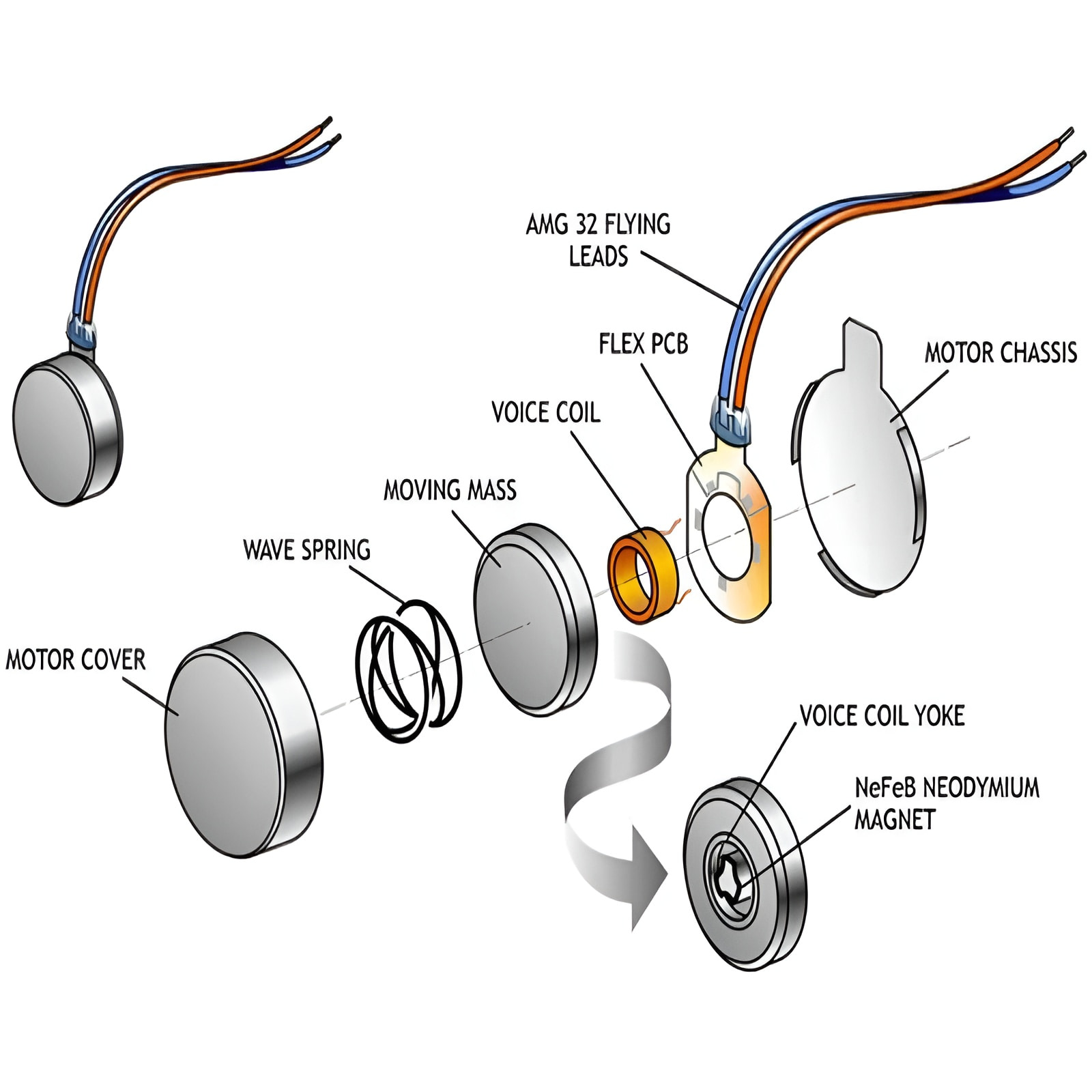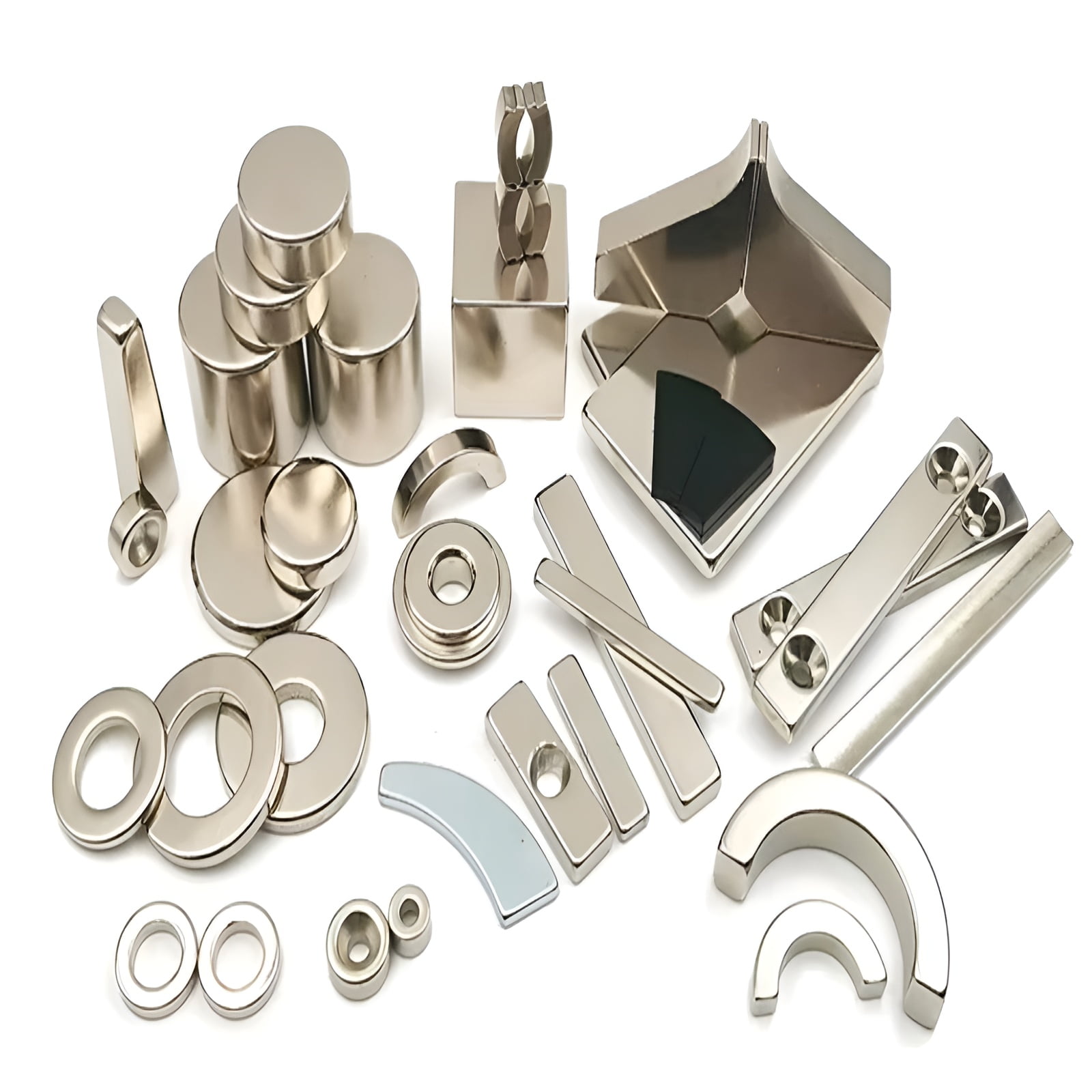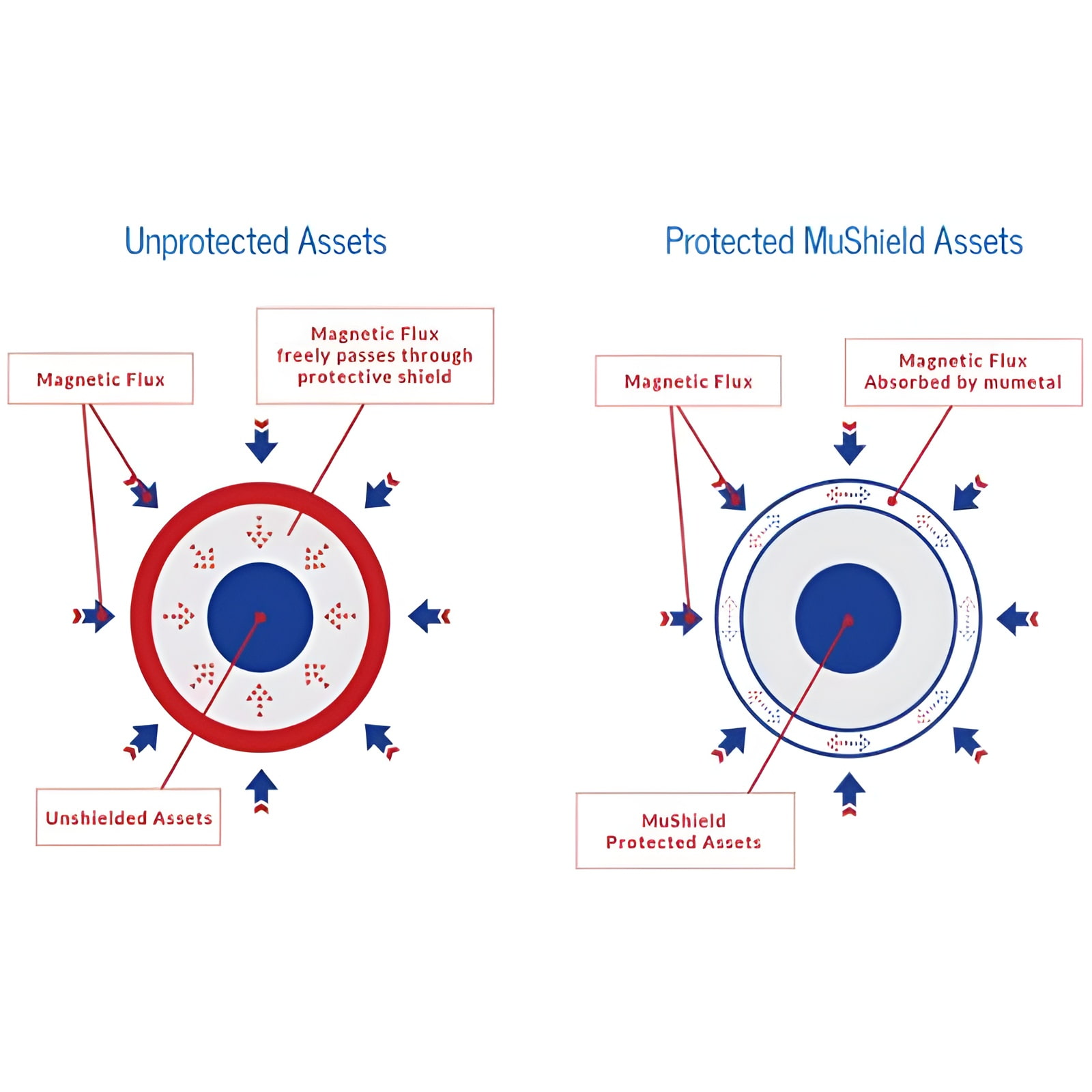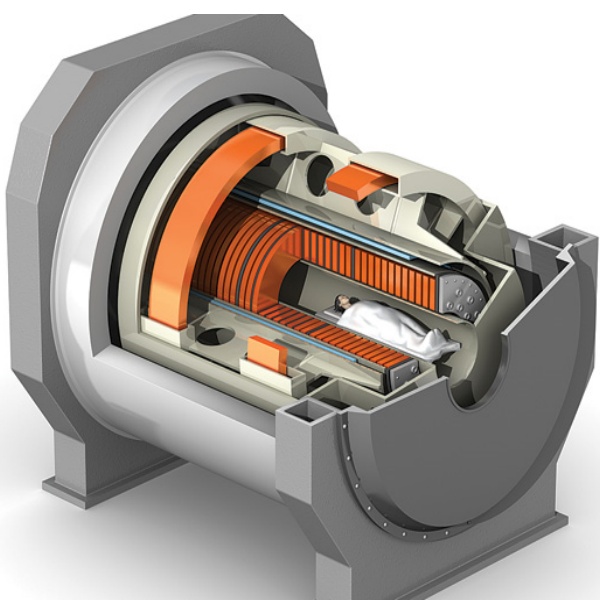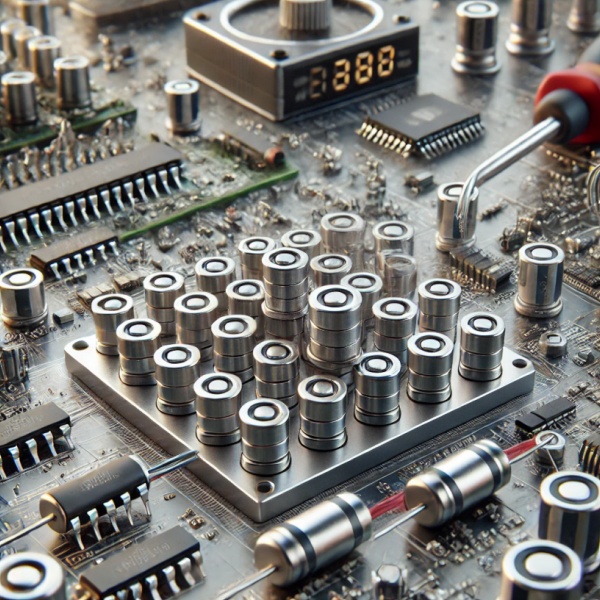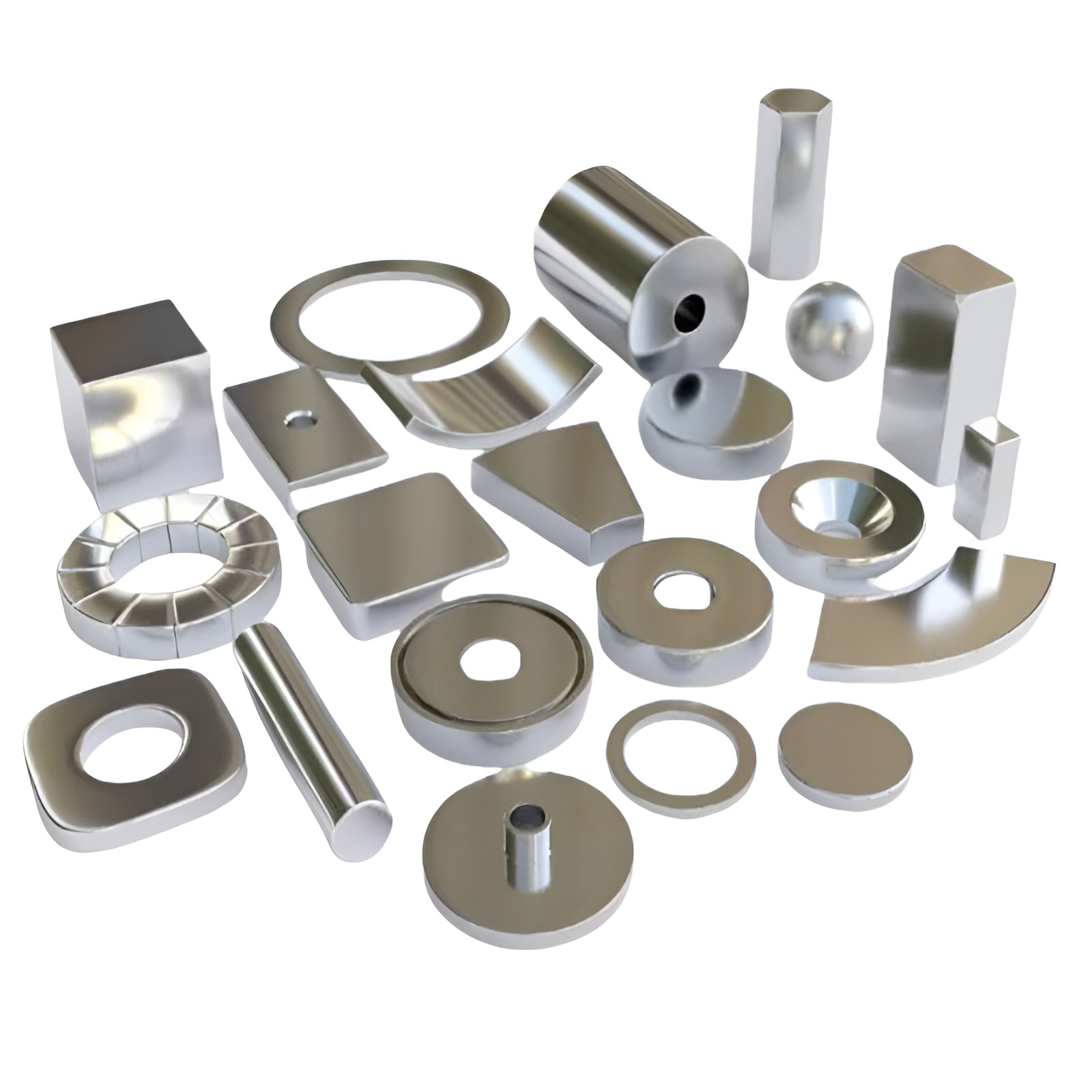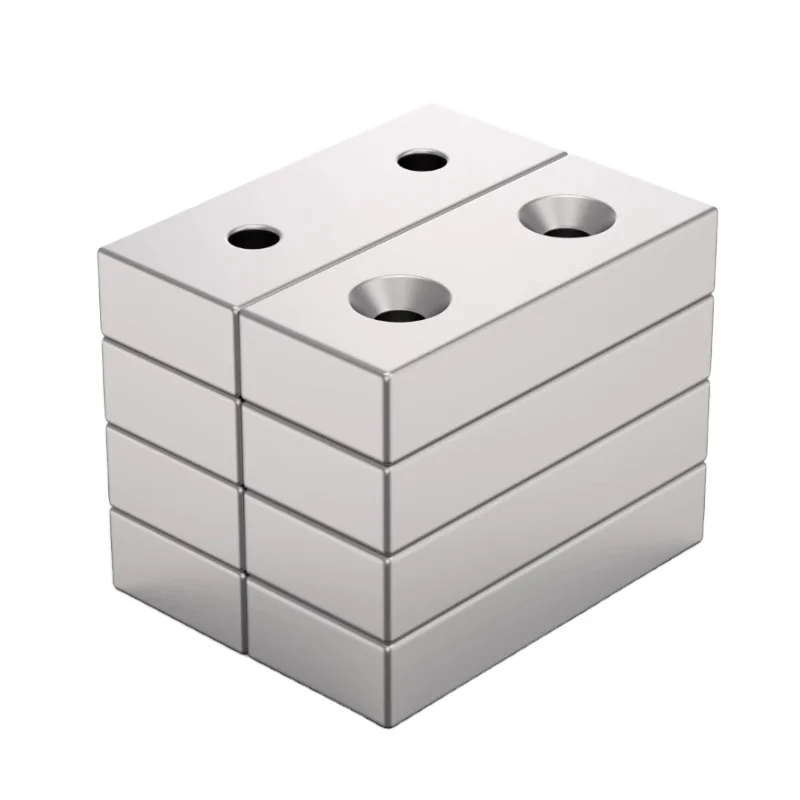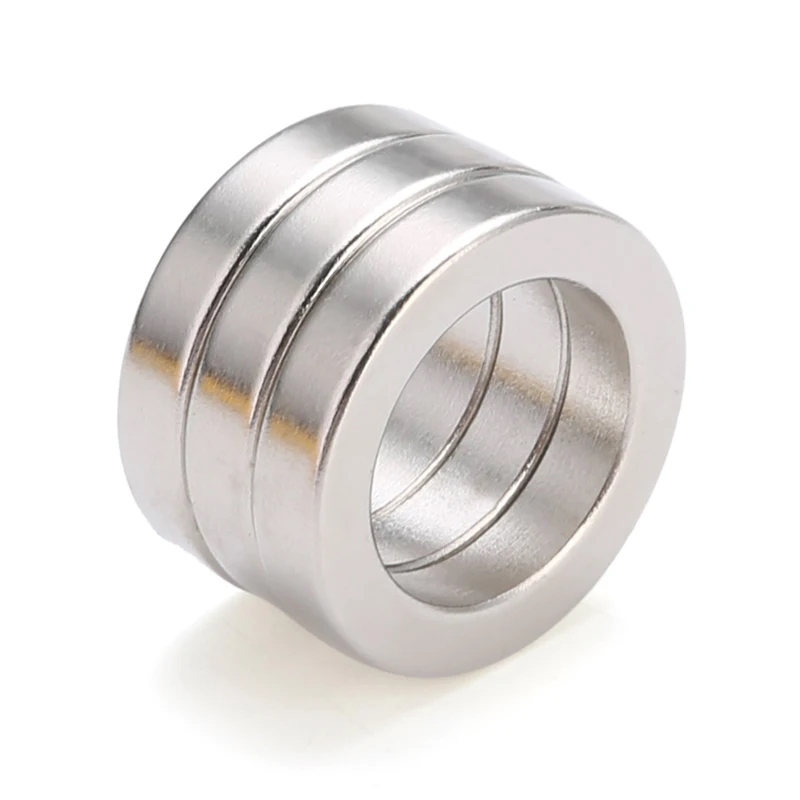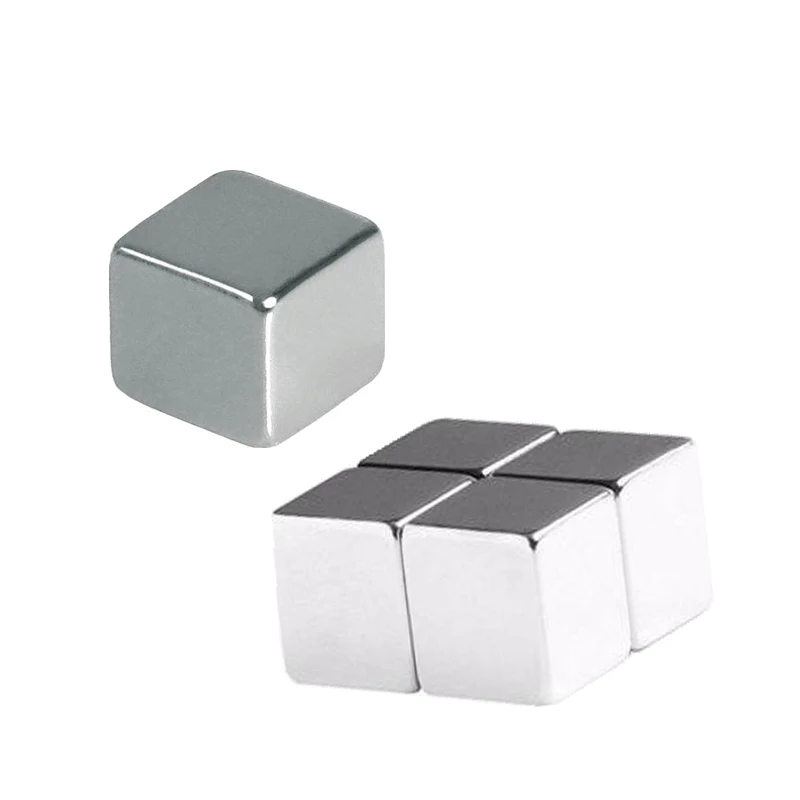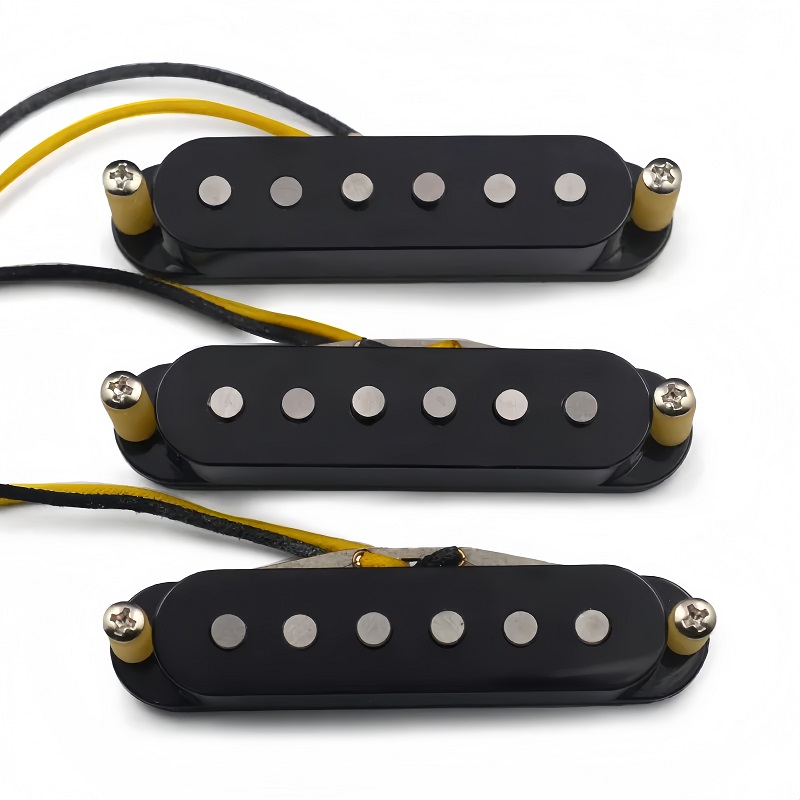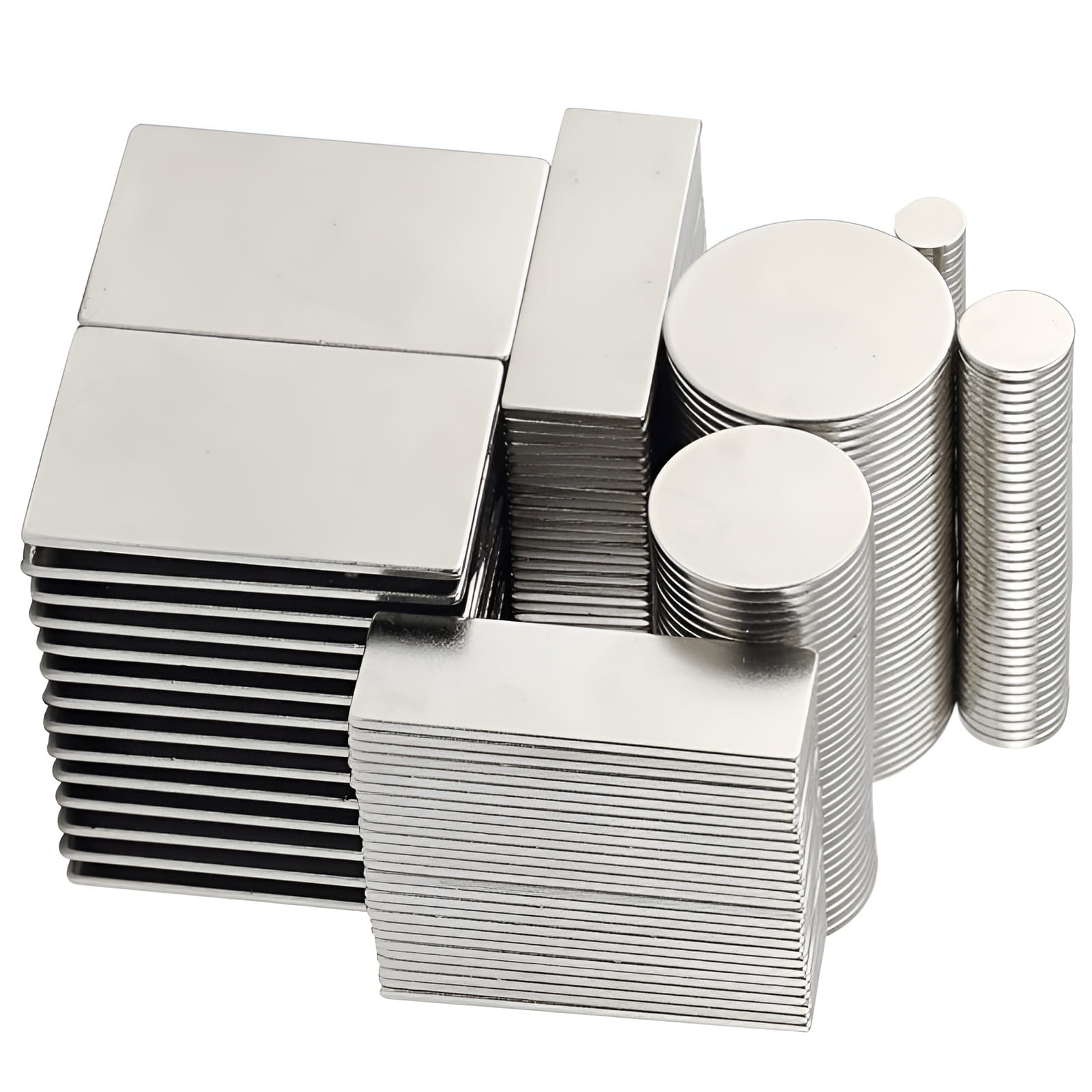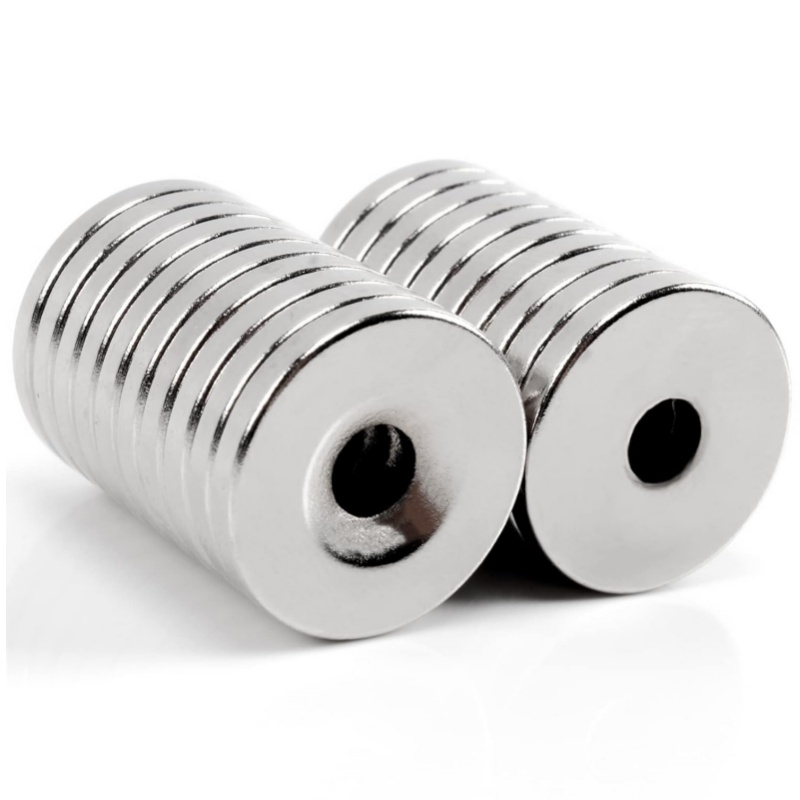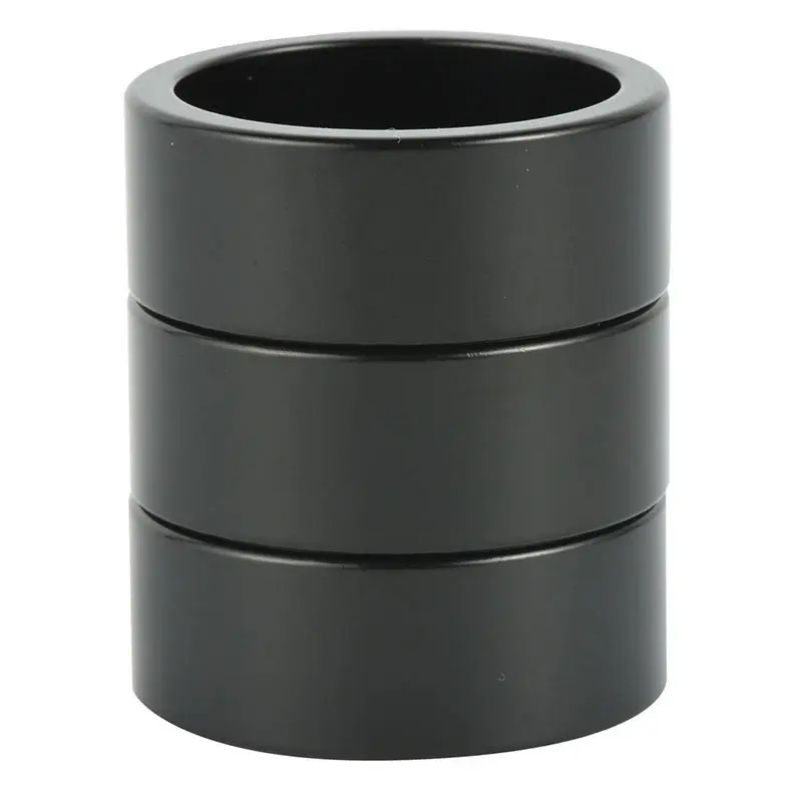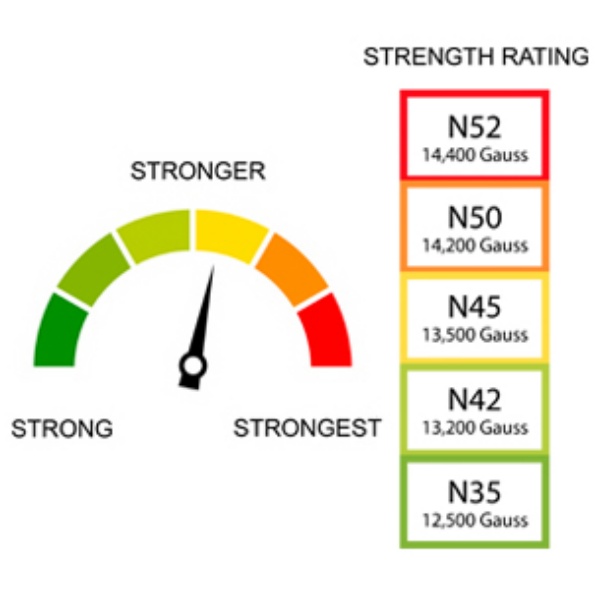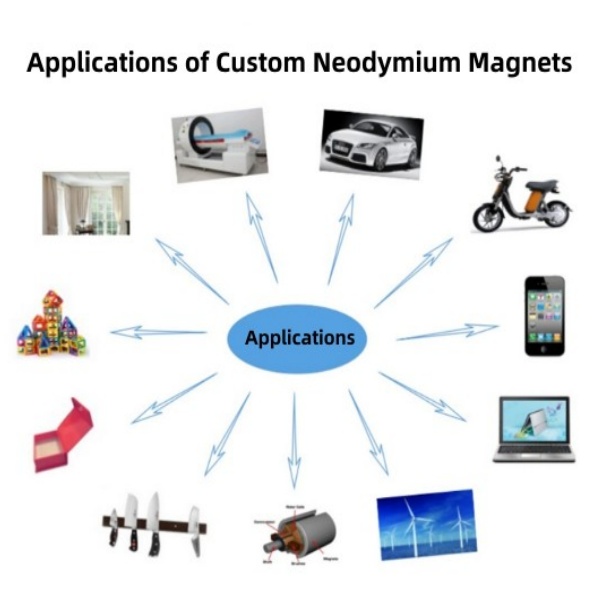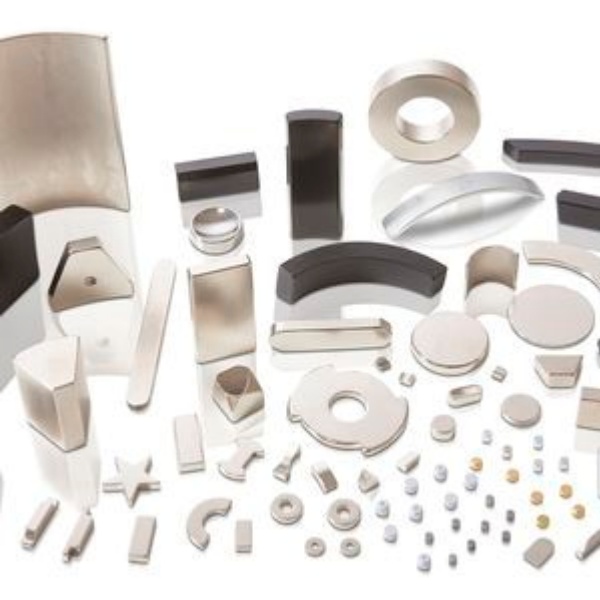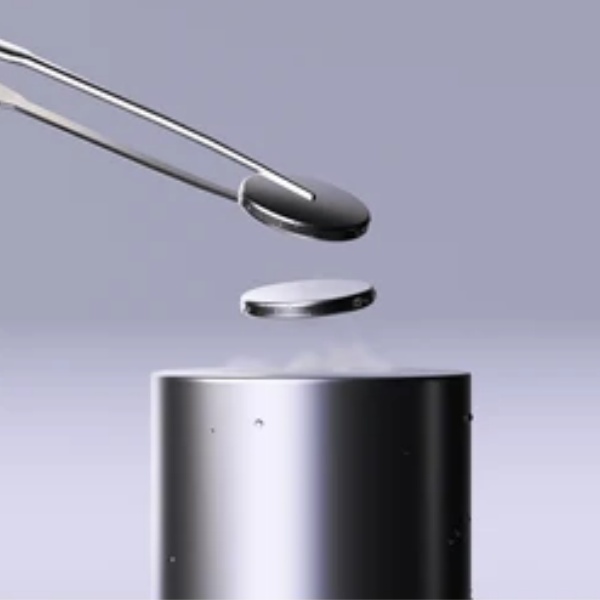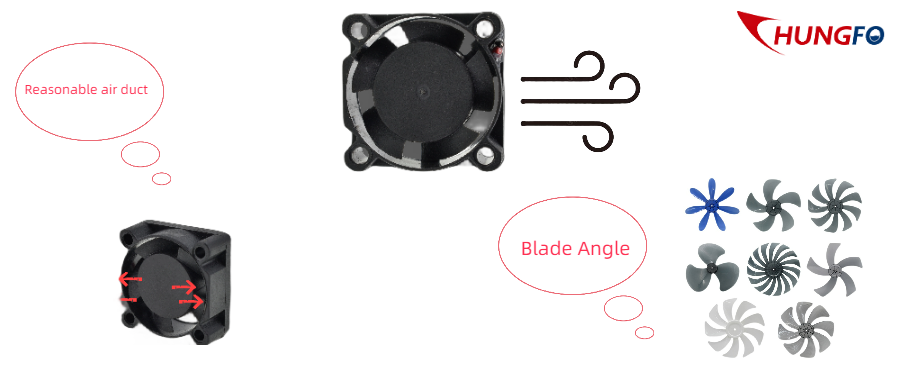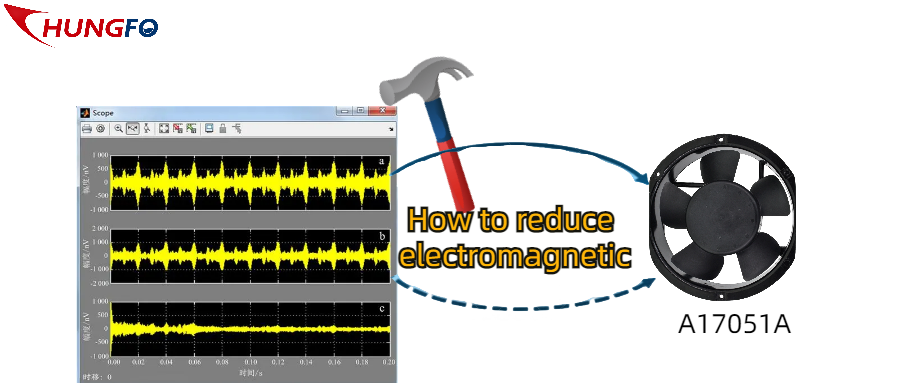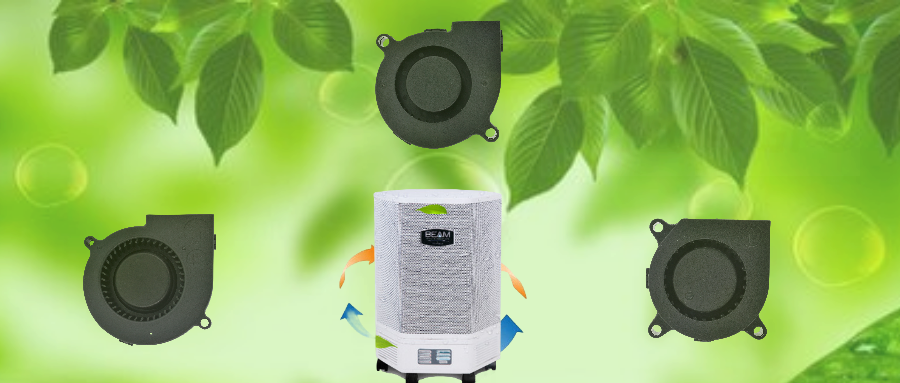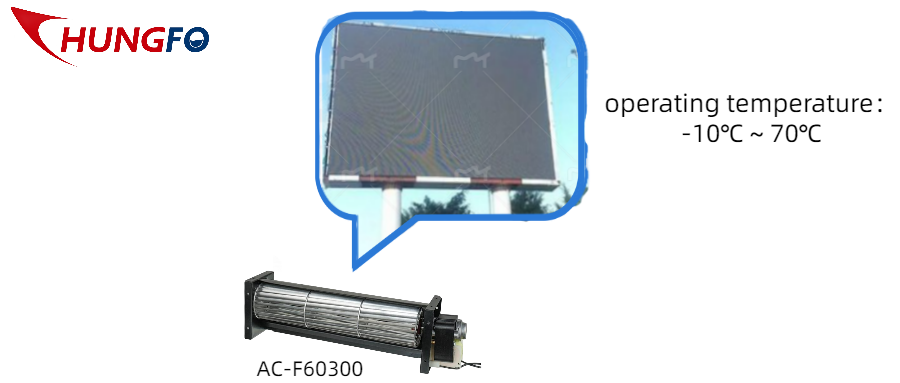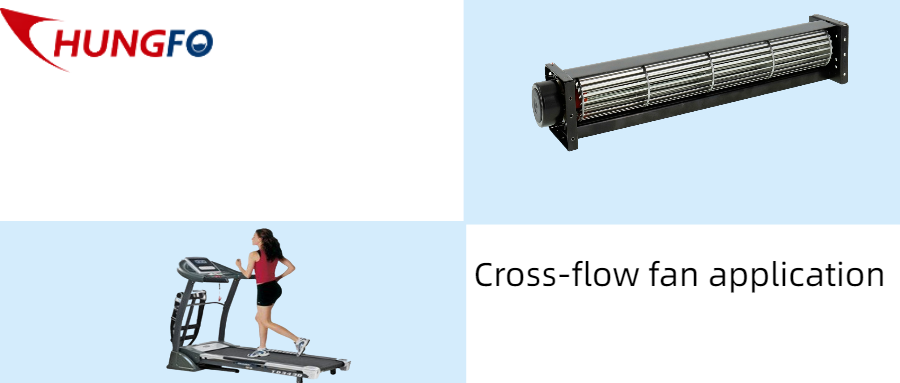The Basics of Neodymium Magnets
Neodymium magnets are rare-earth magnets composed of neodymium, iron, and boron, known for their exceptional strength and versatility, have a wide range of applications in modern technology. One of the lesser-known uses is in microwave ovens, where they play a critical role in improving efficiency and functionality. Good performance neodymium magnets are the strongest type of permanent magnet commercially available, offering a high magnetic field strength in a compact size. These properties make them ideal for applications where space and power are limited, such as in household appliances.
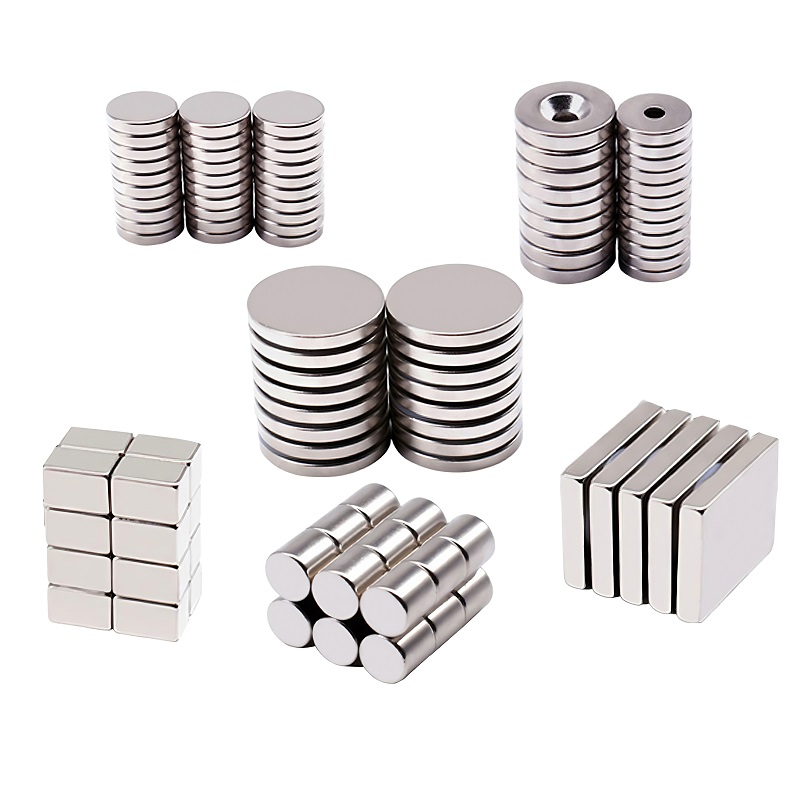
Magnets in the Magnetron
At the heart of every microwave oven is a device called a magnetron, which generates the microwave radiation used to heat food. Neodymium magnets are often used in the magnetron to direct and focus the electron stream that creates microwaves. Their strong magnetic fields ensure the electrons move in a controlled spiral pattern, producing consistent and efficient microwave energy.
Improving Efficiency and Compact Design
Using powerful rare earth magnets allows microwave manufacturers to design smaller, more energy-efficient appliances. Traditional magnets might require larger components or higher power consumption to achieve similar performance. With neodymium magnets, the compact size of the magnetron can be maintained without compromising on power, making modern microwaves more space-efficient and environmentally friendly.
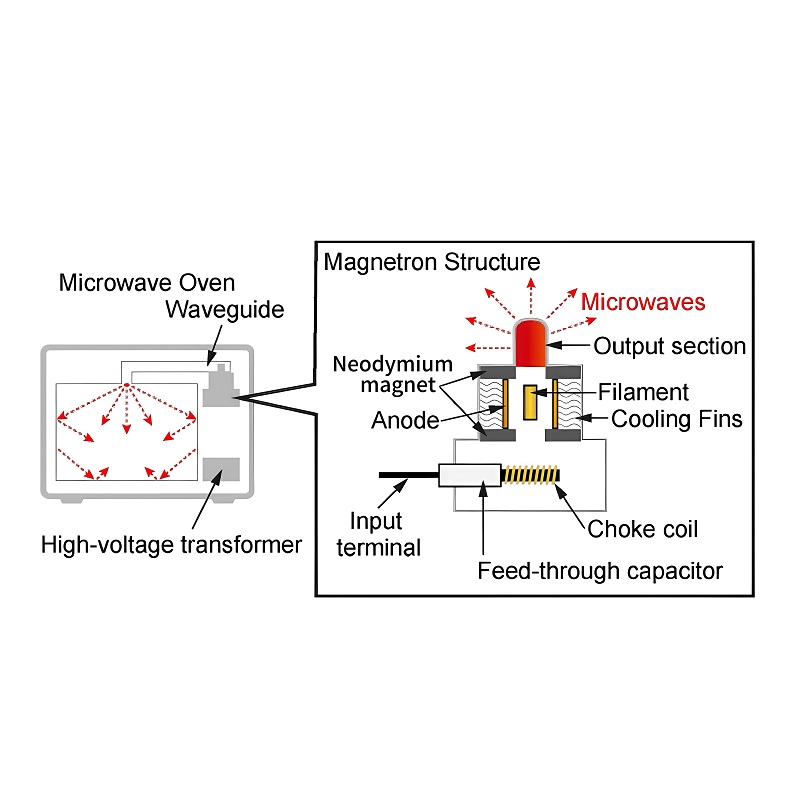
Applications Beyond Heating
Some advanced microwaves incorporate additional features, such as sensors or rotors for even cooking. Small strong neodymium magnets can also be used in these components to enhance performance. For example, they might be part of a motor that drives a turntable or a sensor system that optimizes cooking times.
Conclusion
Neodymium magnets are indispensable in the design and functionality of modern microwave ovens. Their unparalleled strength and compact size enable better efficiency, enhanced performance, and innovative features. As technology continues to advance, the role of these magnets in household appliances is likely to expand further.
